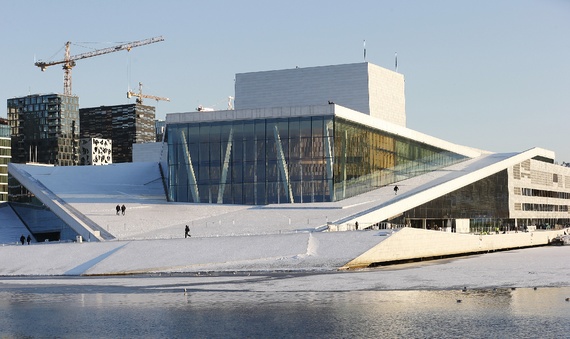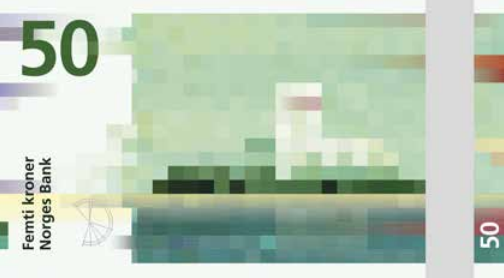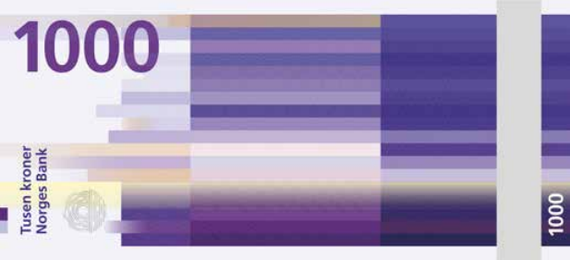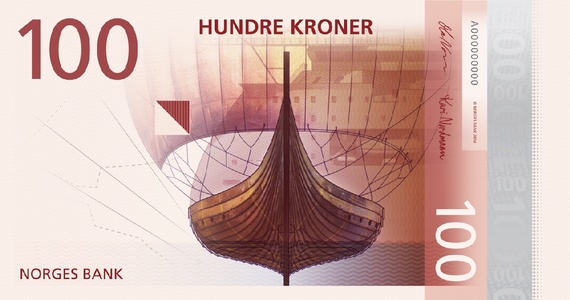Fiji's new currency strays from people and celebrates its natural treasures. This is a much more interesting concept I find, The new currency used polymer notes for the £5. This is due to there climate the mix of hot, cold and rainy create a harsher than average condition for the note which results in more frequent wear and tear. something for me to consider could be climate.
“the neW series oF banknotes has
been reCeiveD extremely Well by
all Fijians. the Design Changes inCorporateD Fijian elements into
the banknotes anD they reFleCt Fiji’s oWn bioDiversity anD natural heritage – elements We are riCh in. We are extremely pleaseD With the positive FeeDbaCk We have reCeiveD.”
baRRY whiTesiDe
been reCeiveD extremely Well by
all Fijians. the Design Changes inCorporateD Fijian elements into
the banknotes anD they reFleCt Fiji’s oWn bioDiversity anD natural heritage – elements We are riCh in. We are extremely pleaseD With the positive FeeDbaCk We have reCeiveD.”
baRRY whiTesiDe

The use of portrait pictures on banknotes and how they are created.



















































